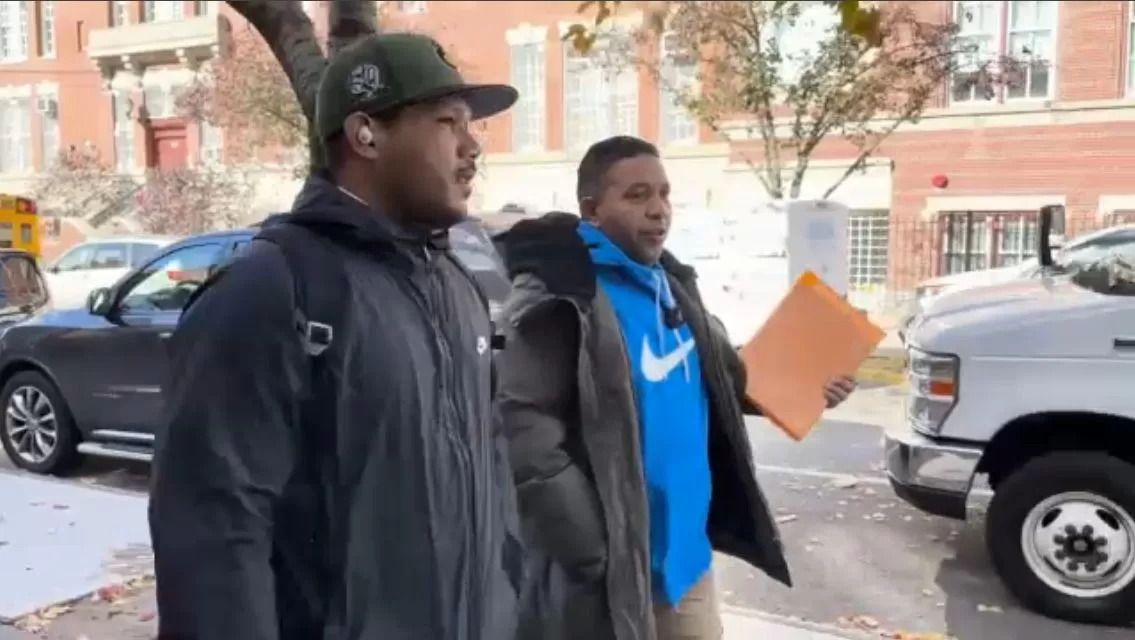The countdown is over. The much-anticipated and even feared closure of the Sumner Tunnel begins today, impacting daily travel for the next two months.
About 39,000 drivers use the tunnel every day, which transports people from Logan Airport and East Boston to the North End and downtown.
The Sumner Tunnel will be closed for eight weeks and the roughly 39,000 drivers who use the tunnel every day will have to find a different option for eight weeks to get from Logan Airport and East Boston to the North End and downtown.
“There is a lot of fear that emergency vehicles won’t be able to get to us and take us to a hospital,” Judy Lyons said recently, as the closure approached.
The city has offered guidance on alternatives to be able to transit through the area during the period of time that the tunnel is closed and the MBTA also informed about a free travel plan for travelers.
Transportation officials have been promoting the “stop driving” theme, urging drivers to take the Blue Line, Commuter Rail and ferries as the best way to avoid traffic hassles.
The tunnel is expected to reopen on September 1.
Still, there will be weekend closures in the fall and then another full closure for two months next summer.
Here’s what you need to know about the Sumner Tunnel closure beginning Wednesday, July 5 and ending Thursday, August 31.
HOW TO MOVE
For the past year, the tunnel has already been closed most weekends when repair work began, and residents say the reorganization of traffic has been noticeable. It will be exacerbated by the total closure that will run from July 5 to August 31.
There will be posted detours during the closures, with most cars expected to be detoured onto the Ted Williams Tunnel and Tobin Bridge. Drivers should expect significant delays: About 39,000 cars travel through the tunnel daily, including traffic from Logan Airport.
The Massachusetts Port Authority is advising drivers planning to come to Logan between July 5 and August 31 to allow themselves an additional two hours of driving time with the expected increase in congestion.
He Logan Expresshe Logan Water Taxi or the Hingham/Hull Ferry are also options.
The Blue Line will be free for passengers during this time, and officials also encourage people to use the commuter rail or take one of the ferries.
Travelers should look to use public transportation whenever possible.
Residents and business owners in East Boston, South Boston, and the waterfront should expect to see more traffic in the area. The North End should expect noise and vibration during active construction work.
He Massachusetts Department of Transportation says you can use the Mass511 website or download the app to get real-time updates.
WHAT WORK IS BEING DONE
The closure is part of a massive restoration project for the tunnel, which was built in the 1930s. Years of heavy use and age have led to significant needs for upgrades, from exposed rebar to splintered concrete to broken lights. and cracked wall panels.
The project will include bringing the entire space up to code and will include a new roof, new driveway surface, repaired walls, and new lighting.
This closure is meant to boost the project, but it won’t be the last: the summer closure will usher in rolling weekend closures in the fall, with a second summer closure expected in 2024.






